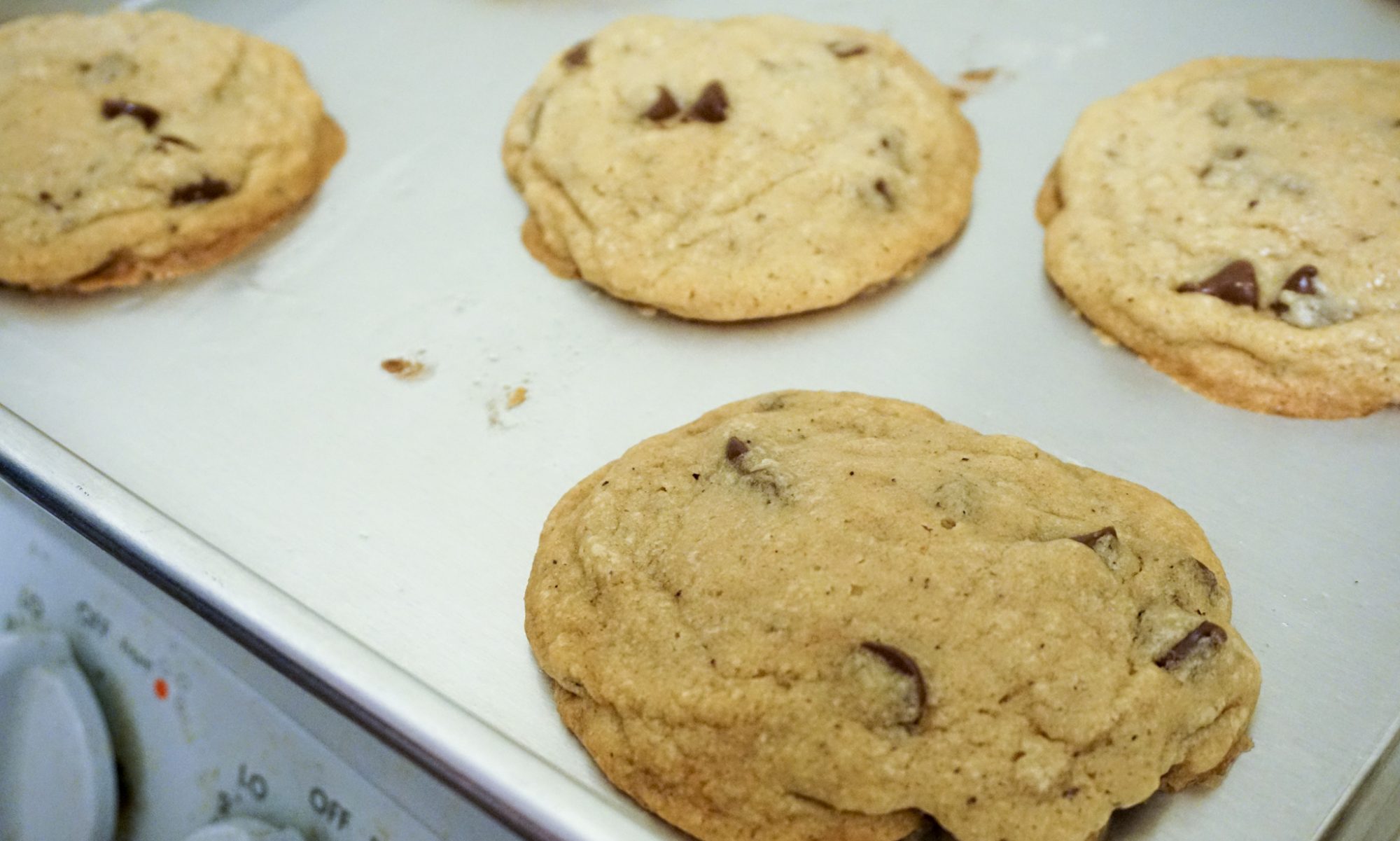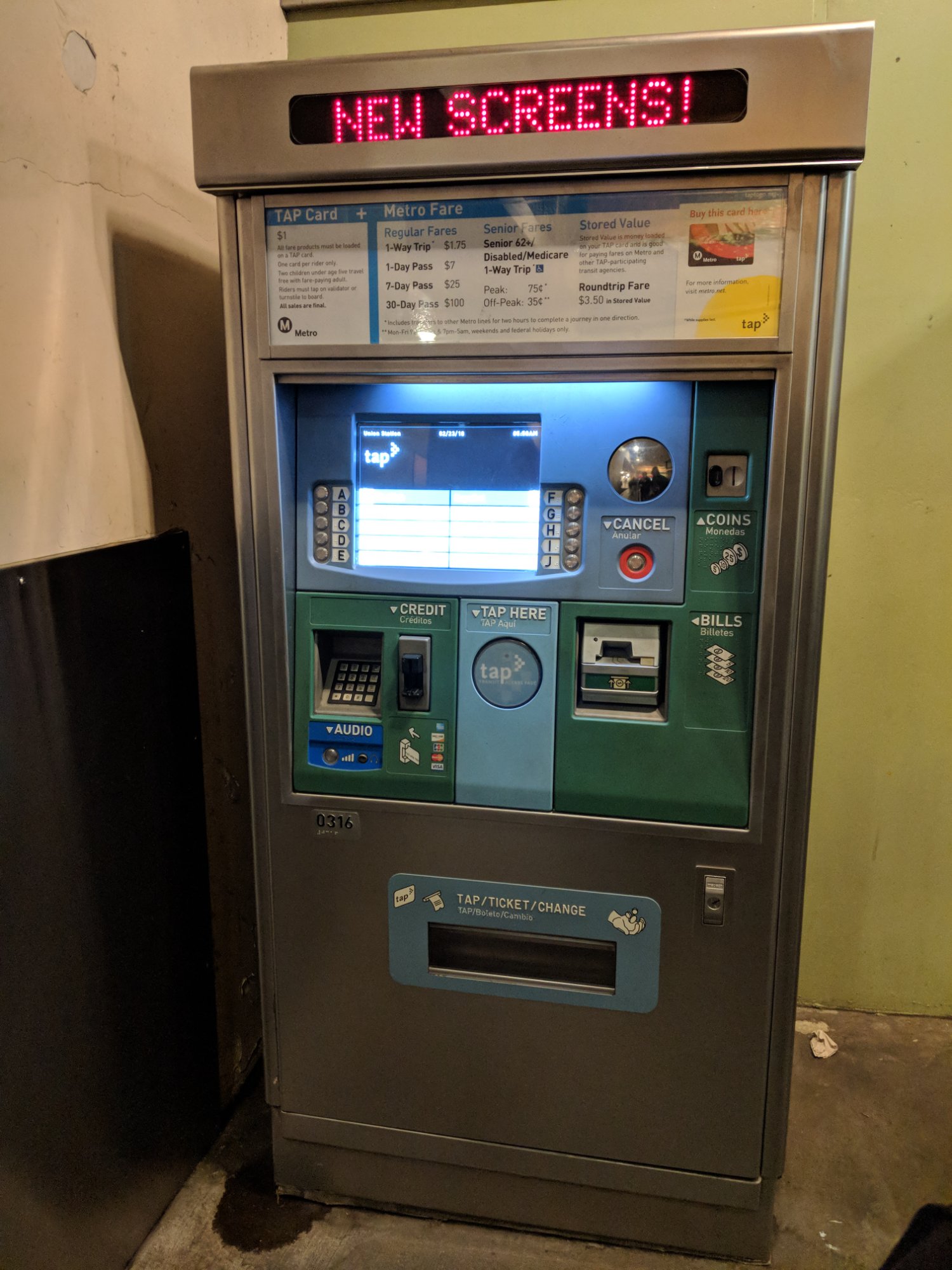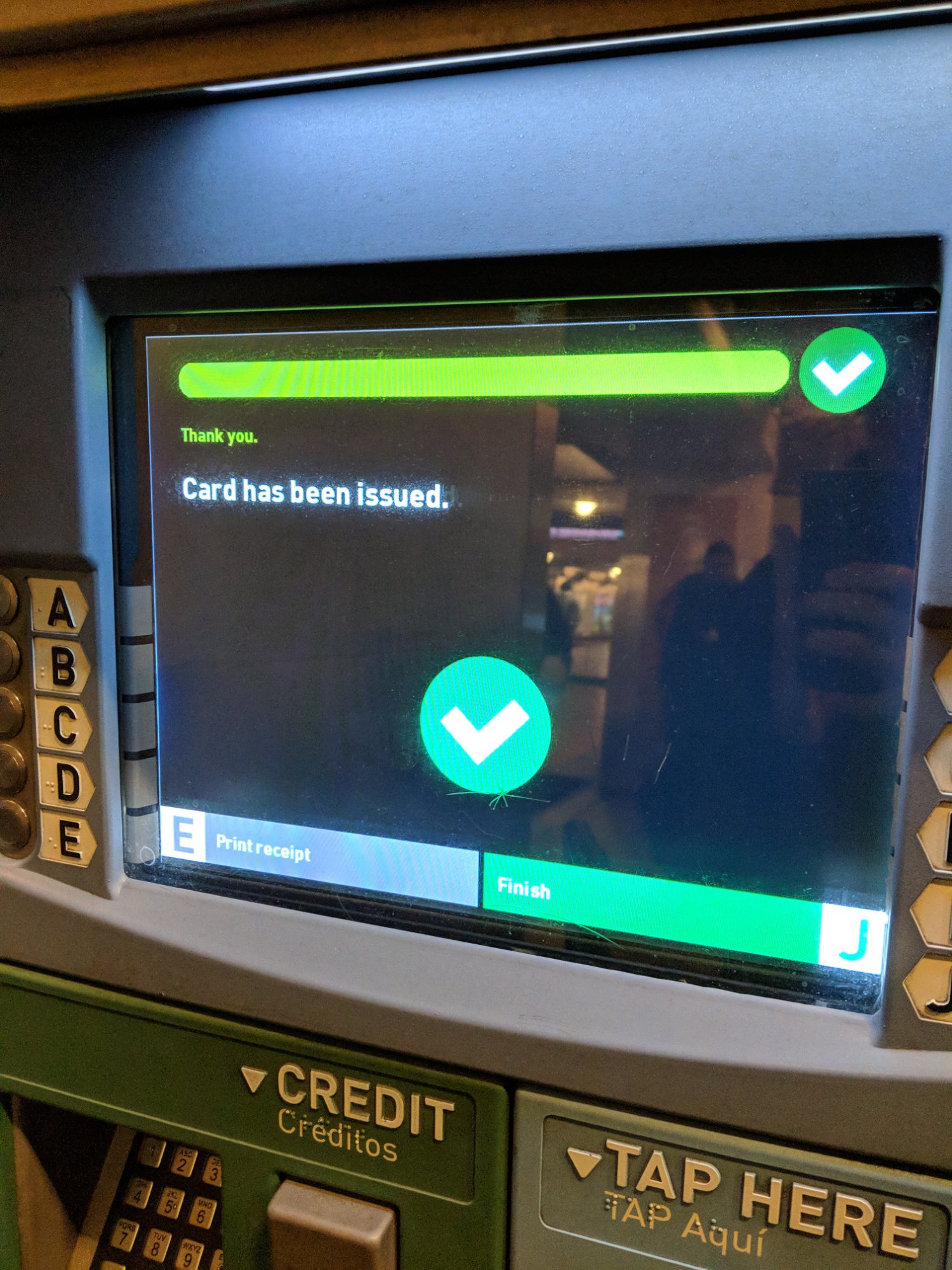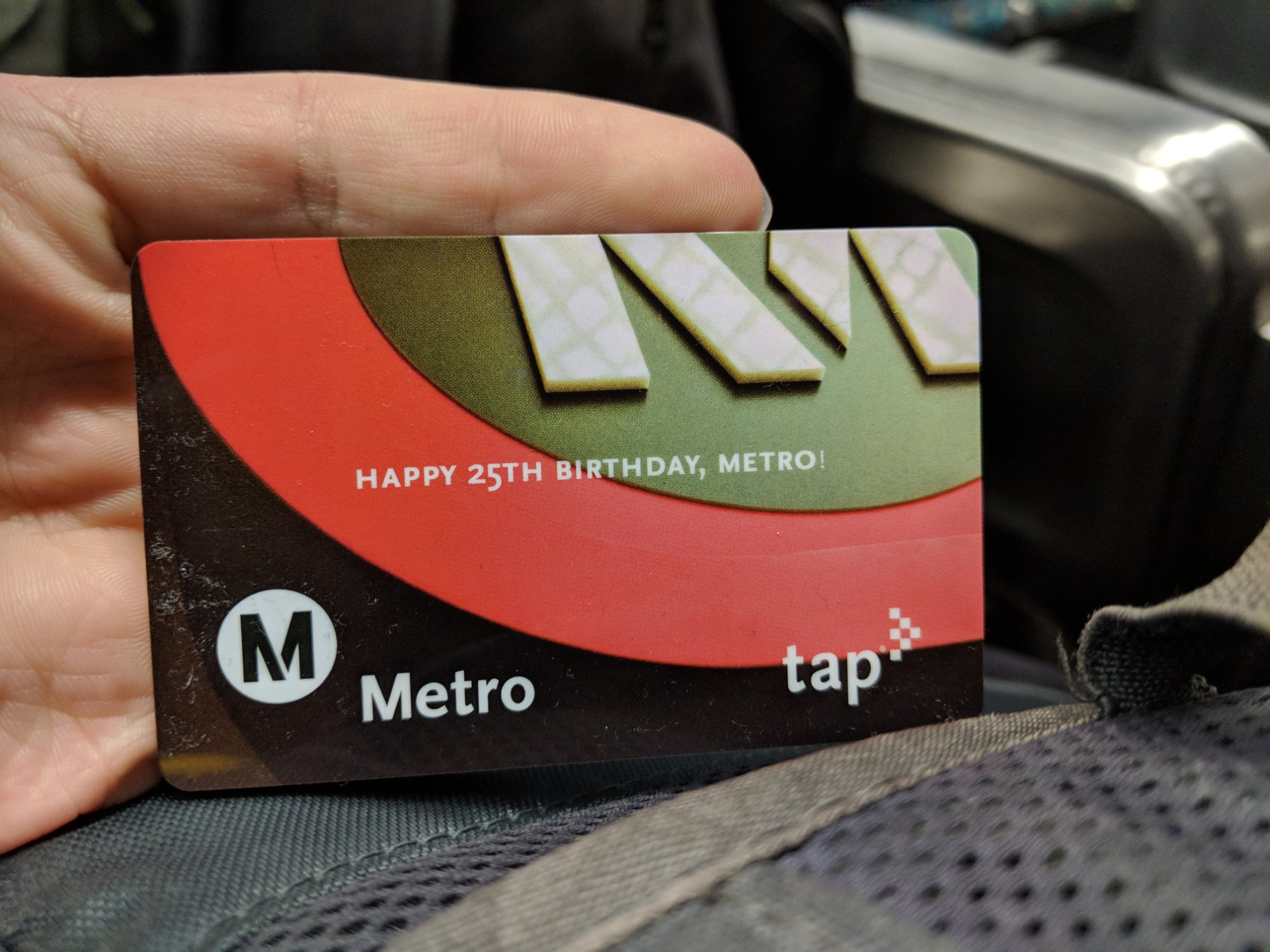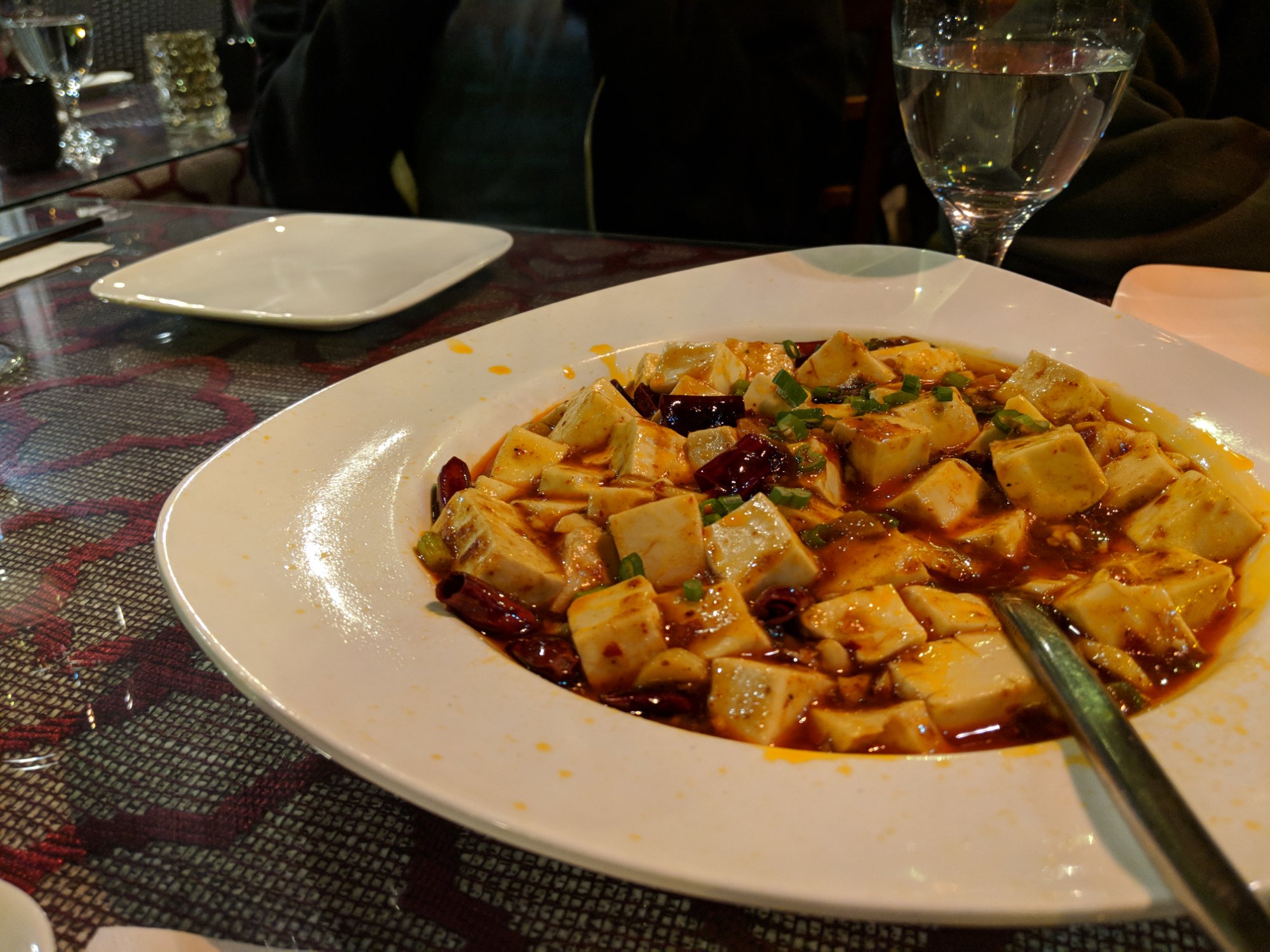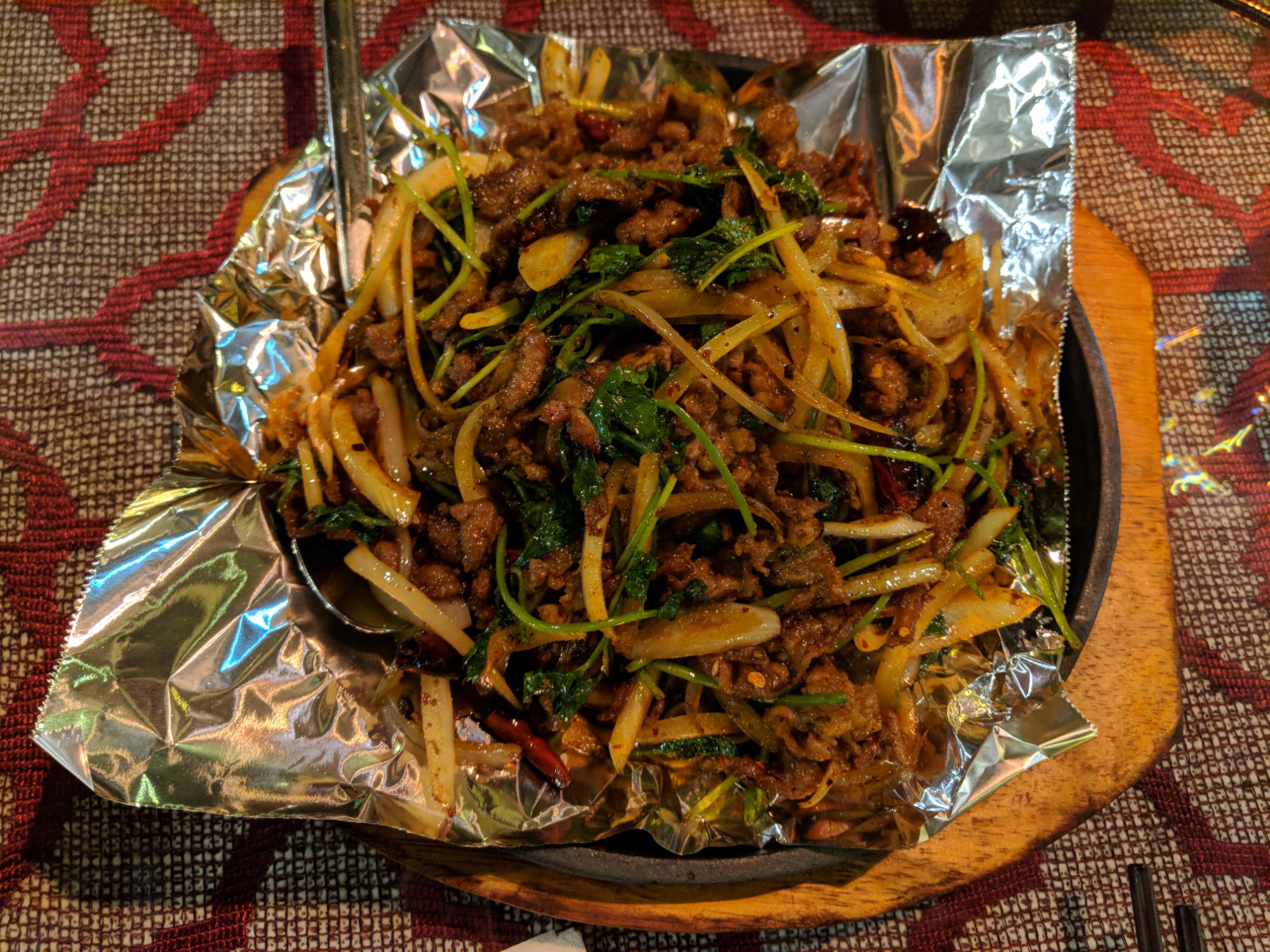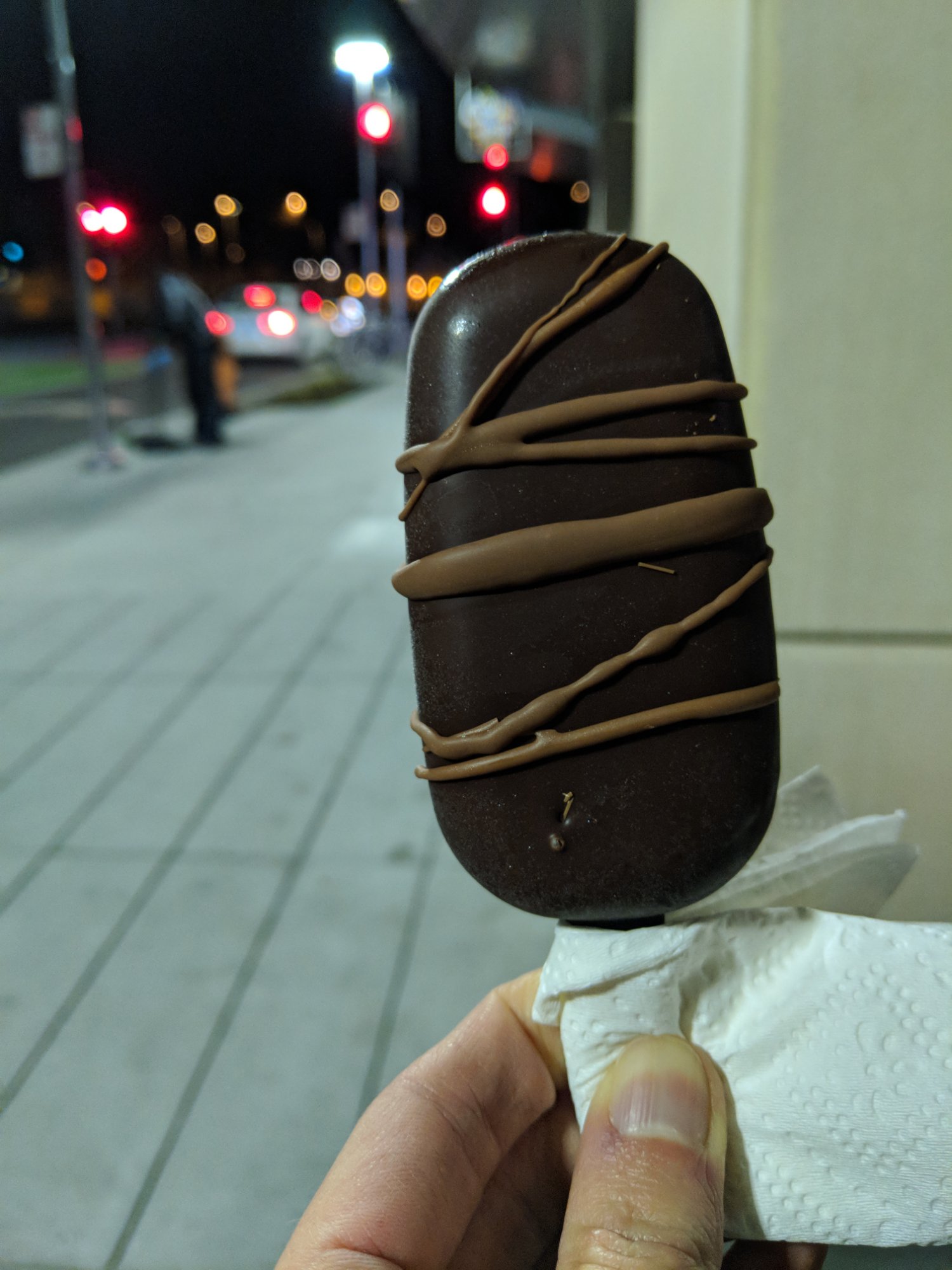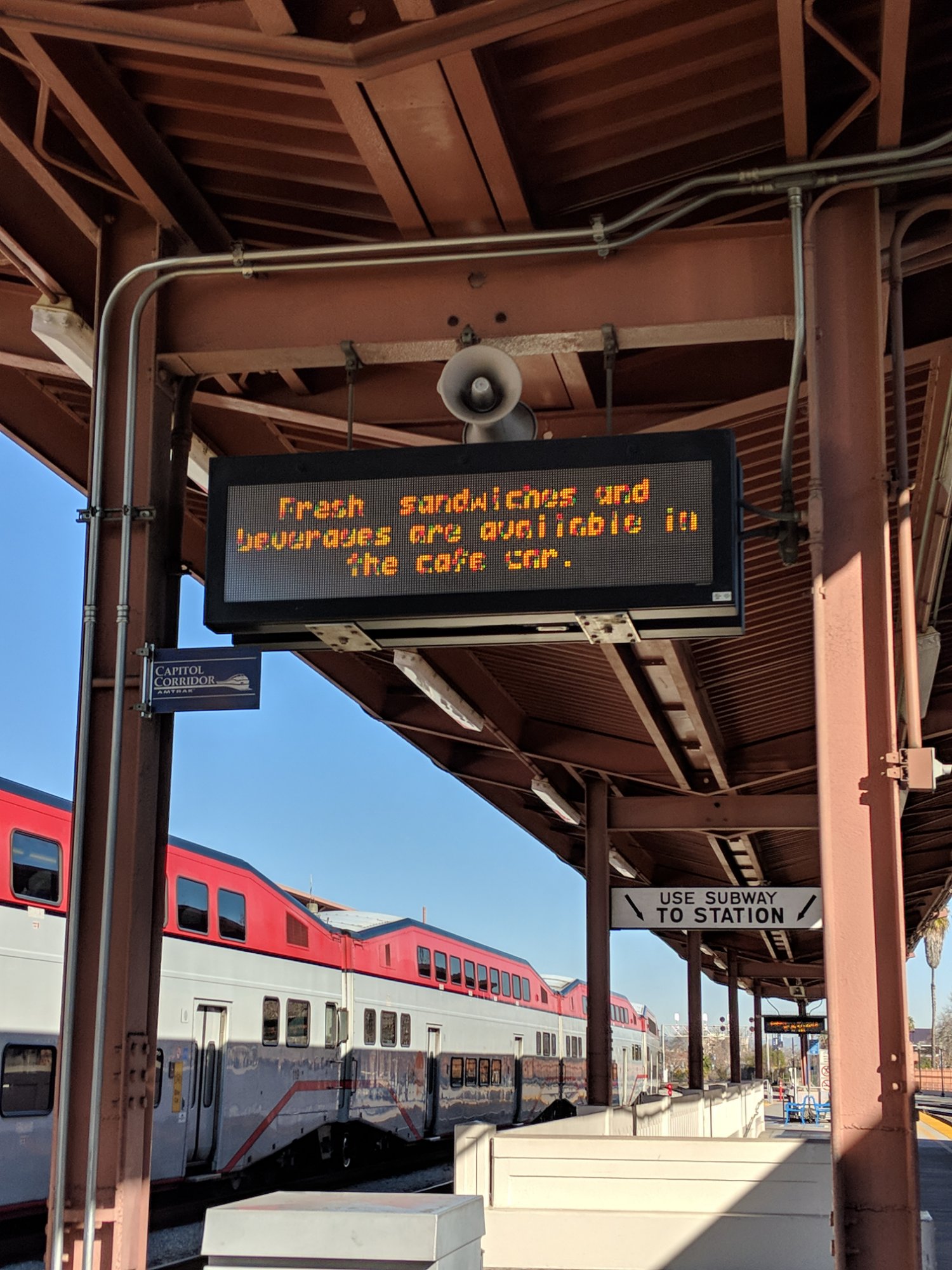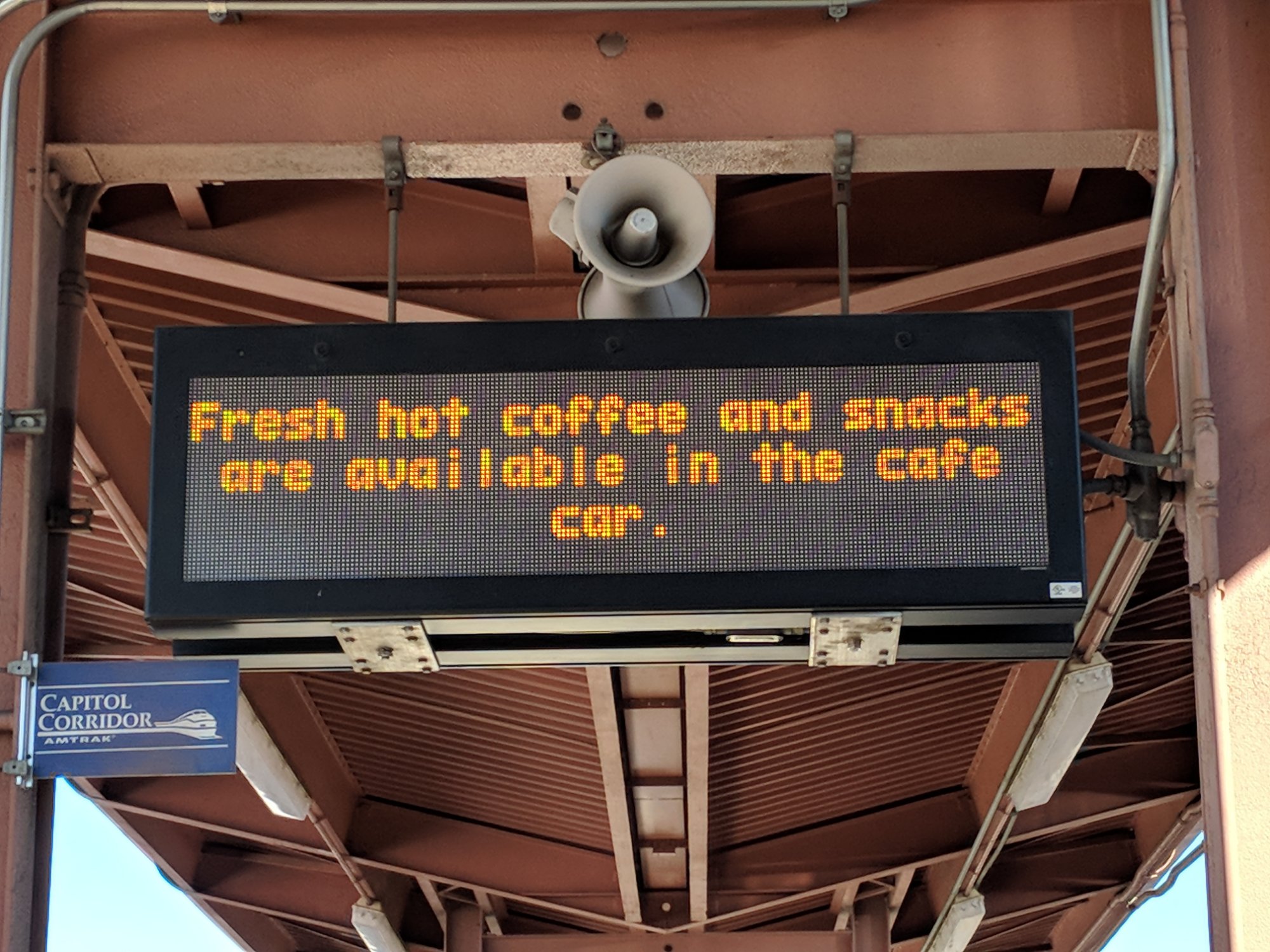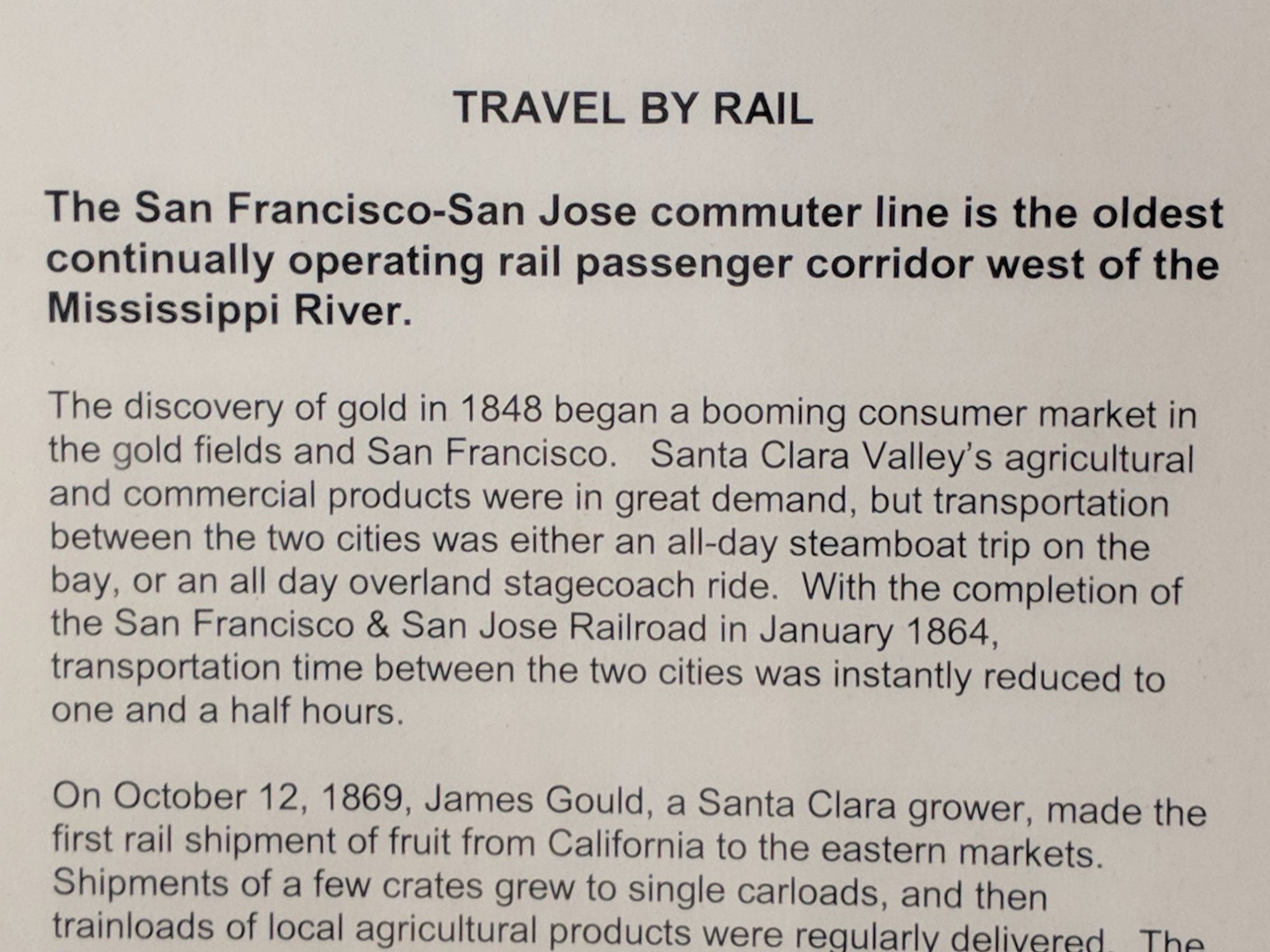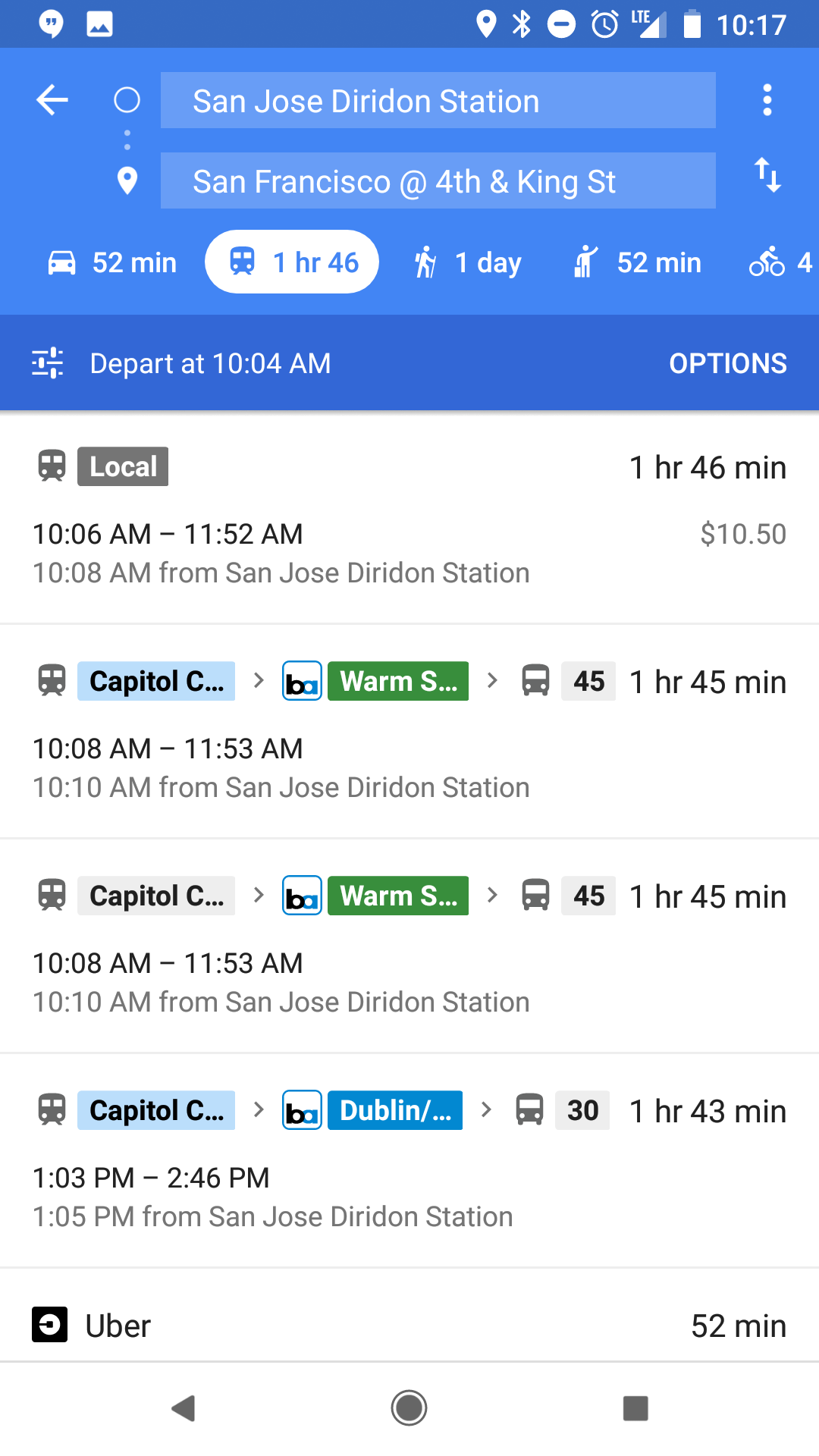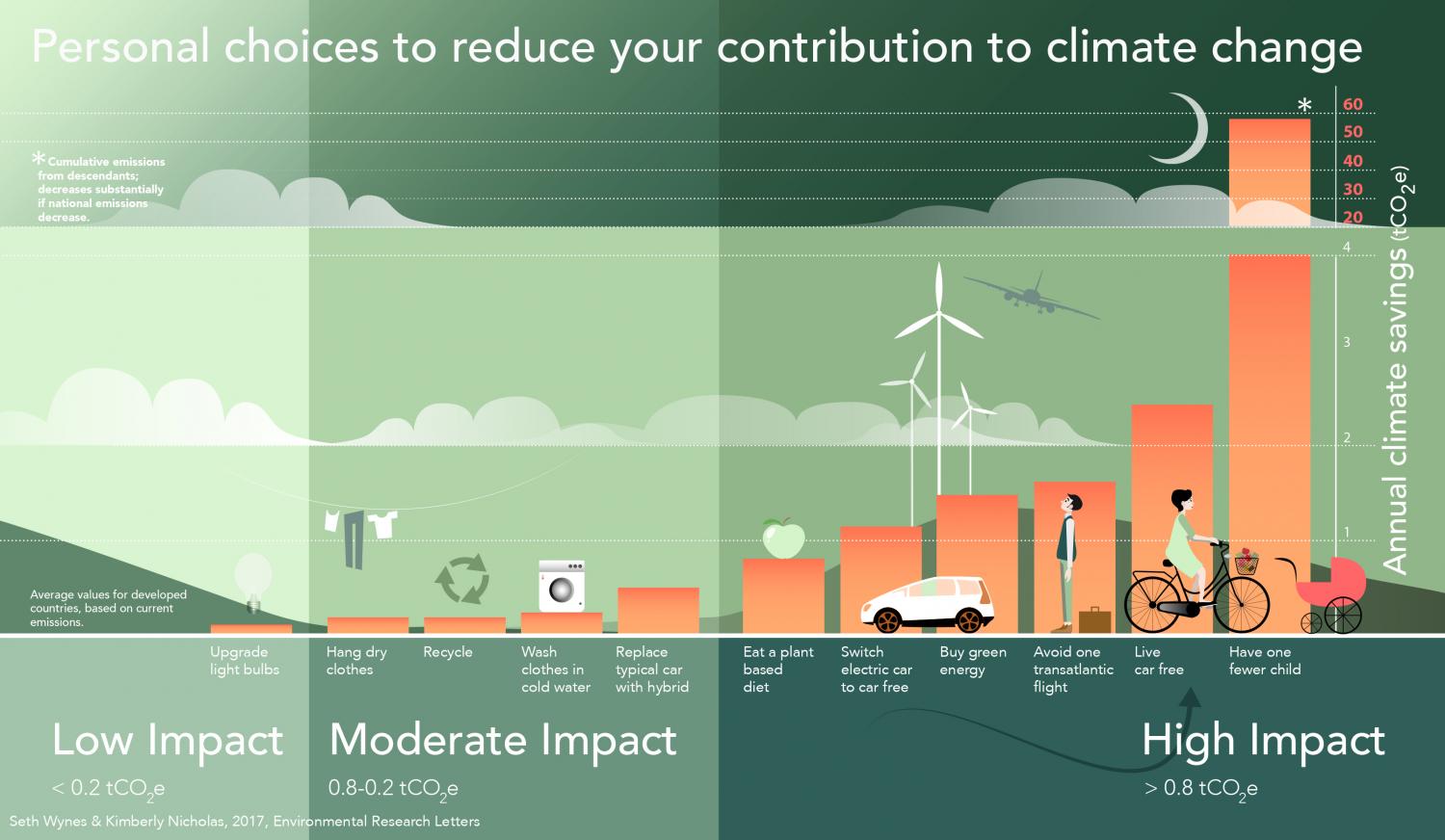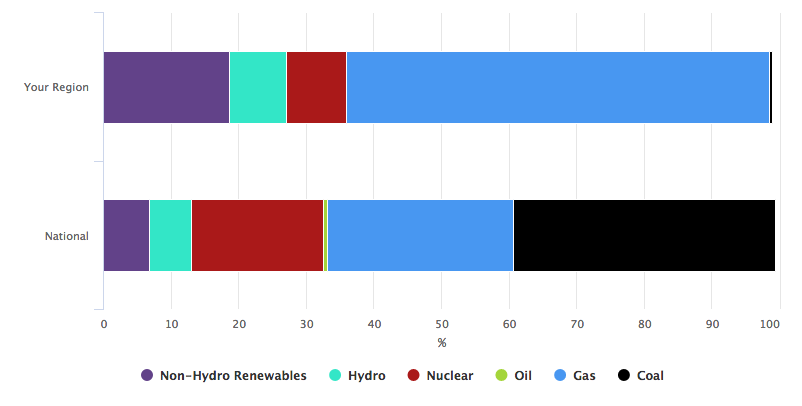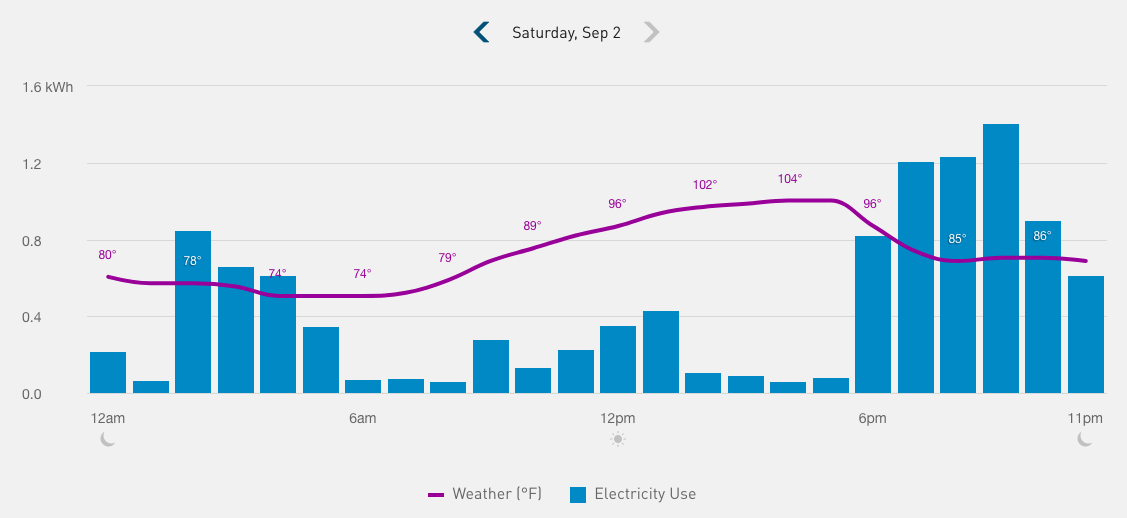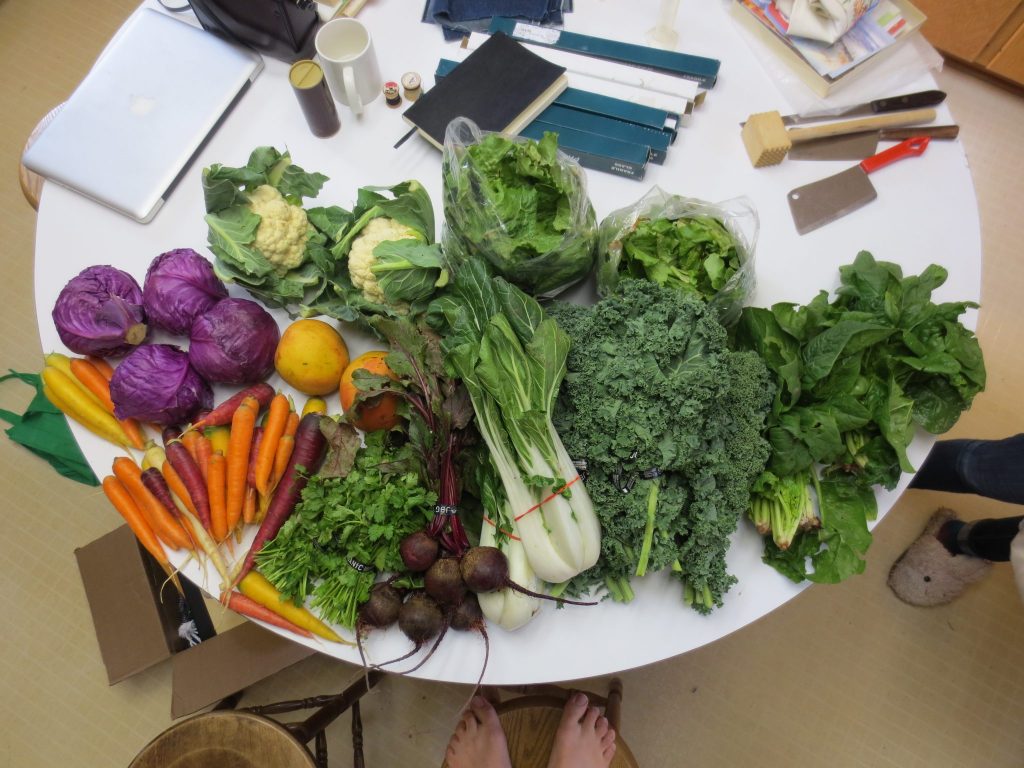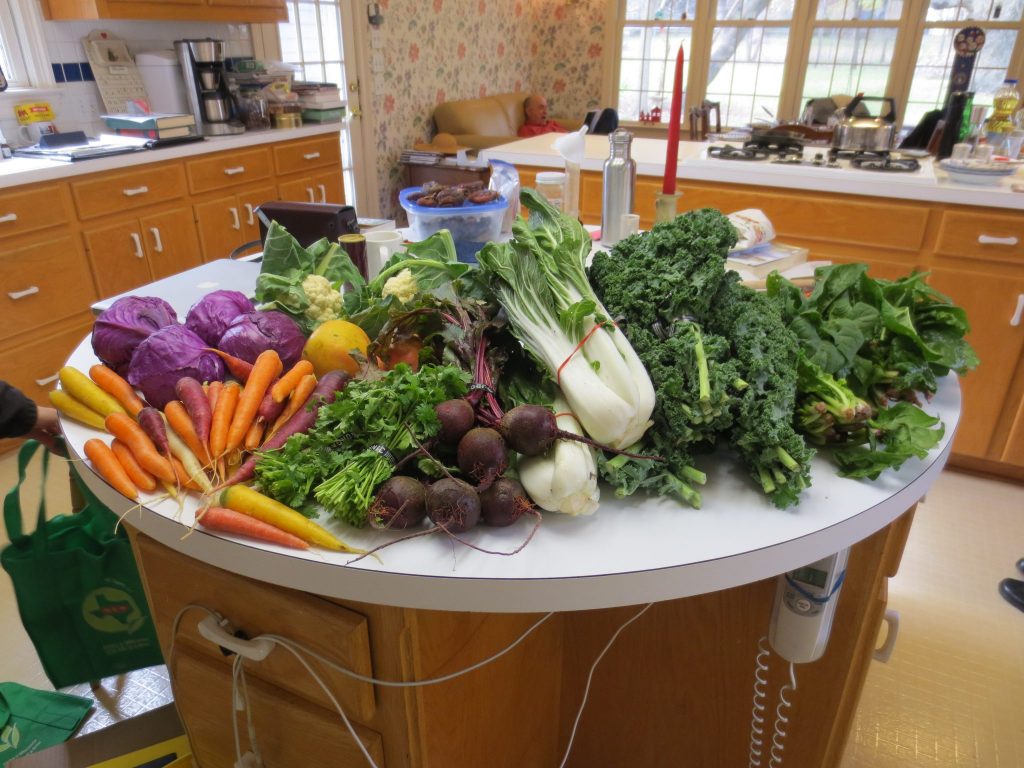The majority of the time, I clean things (wipe surfaces, hand-wash dishes, etc.) with a wet dishcloth and soap, if needed. It is rare that I need anything else.
More specialized cleaning tools (in no particular order):
Kamenoko tawashi – Japanese vegetable scrubbing brush, but really good for getting stuck-on food off of pots and pans. Do not use these on Teflon or soft plastic; it is incredibly stiff and will scratch delicate surfaces.
Baking soda – Good for removing stains (apply to surface with some water and let sit for 15 min) and odors, good for scrubbing. Can also use it for deodorant, toothpaste, and shampoo.
Salt – Good for removing ground-in dirt, but very abrasive.
Vinegar – Takes off limescale, can be added to baking soda to unclog drains. Can also use as a conditioning hair rinse.
Soap – J and I use Dr. Bronner’s liquid castile soap. We bought a gallon of it – the biggest size available! – since we anticipate using it for all of our liquid soap needs. We use it for hand-washing dishes, for example.
A scrubby brush, rag, or cloth (sponges not recommended because of low durability and unsustainable materials). Loofah is a good sponge-like sponge substitute.
You might want a toilet brush, although old toothbrushes work fine for cleaning toilets. LifeWithoutPlastic has a plastic-free option.
Plunger – J and I use our plunger to unclog the shower drain (I’m not sure why it gets clogged in the first place, but it happens regularly).
Broom, dust mop, vacuum come in handy occasionally.
Advanced cleaning tips
I don’t know any, ’cause I don’t clean that much. I just google when I need a fancy solution, like what to use to get blood or tomato stains out.
